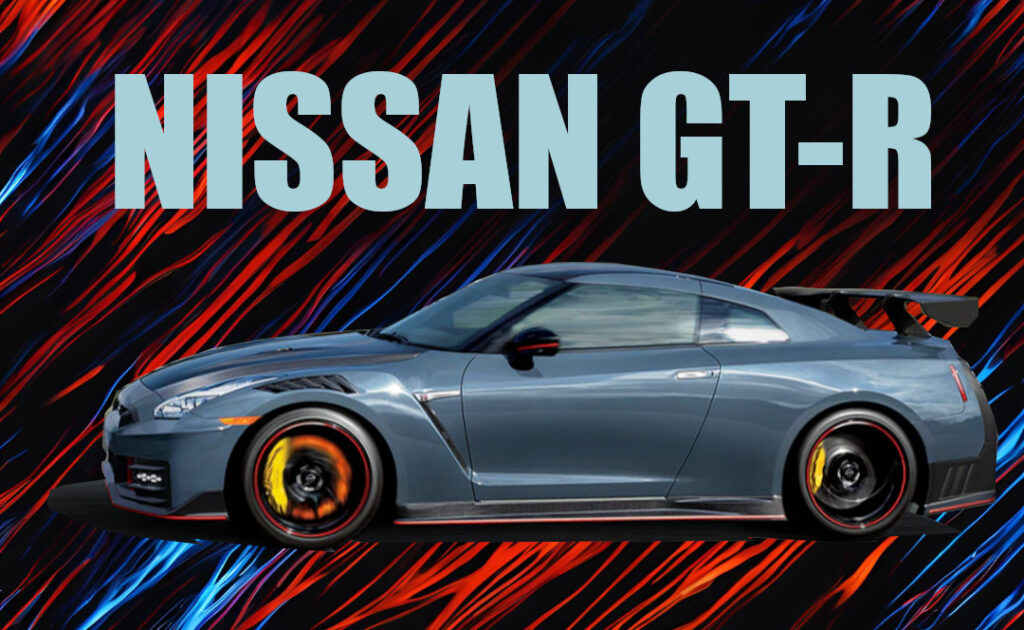
Nissan’s longest-lived supercar, the GT-R, will see an end to its production run in 2025 due to a combination of regulatory hurdles and economic factors.
Short Summary:
- Nissan officially ends the production of the GT-R in 2025.
- New safety and noise regulations in Japan contribute to the discontinuation.
- Special final editions planned before the model’s production concludes.
The year 2025 marks the end of an era for Nissan as it officially discontinues the production of its legendary R35 GT-R. A constant in the automotive scene since its debut in 2007, the GT-R has undergone numerous upgrades but has now reached a juncture where sustaining production is no longer feasible. Notably, the decision to halt the GT-R’s assembly line is influenced heavily by imminent regulatory changes in Japan, slated for introduction in 2026. These forthcoming regulations, which include stricter noise and safety standards, present challenges that Nissan has chosen not to incorporate into the GT-R’s legacy model.
As reported, Nissan has communicated to its dealer network in Japan that parts needed for building the GT-R will soon become scarce. Various Japanese media outlets have emphasized the impact of the new safety requirements, specifically mandatory auto-braking features, and more rigorous noise restrictions, which have significantly contributed to the decision to cease production. The JDM-spec 2024 GT-R had already undergone substantial modifications to meet current legal demands, but the incoming regulations would require even more costly adaptations, impractical for a car with diminishing market presence.
The final year of the R35 GT-R will not go by unmarked. As part of the farewell, Nissan plans to release between 1,500 and 1,800 units, with special editions adding a touch of exclusivity. A portion of these units, 300 to be precise, will bear the coveted Nismo badge, a testament to the high-performance expectations that have always surrounded the GT-R.
“The 2024 GT-R is still special; it offers a thrilling driving experience, powerful and precise yet weighed down by its age and increased costs,” notes a statement from Nissan’s most recent press release.
Historically, the GT-R was initially powered by the twin-turbocharged V6 engine, known as the VR38DETT, which initially produced 473 horsepower and retailed for approximately $70,000 in the U.S. Fast forward 17 years, and the same engine now produces up to 600 horsepower in select models, and the selling price has soared past $200,000.
The upward trend in pricing combined with a lack of significant redesigns over almost two decades has led to a decline in sales. This, along with burgeoning fuel economy standards and enhanced competition, particularly from hybrid and all-electric models like the Corvette E-Ray, further complicates the GT-R’s market position.
Nissan’s recent cryptic messaging in their press release hints at something beyond the horizon for GT-R enthusiasts. “Sunsets always come before a new dawn approaches,” it reads, leaving room for speculation about what might come next. Could we be on the verge of witnessing a new R36? While no official briefing on an R36 exists as of yet, the climate is ripe for conjecture. The company’s lean toward electric and hybrid solutions suggests what’s to come could very well pivot in this direction.
Fueling this speculation are the whispers of a fully electric GT-R inspired by the Hyper Force concept, which Nissan aims to bring to market by 2030. Utilizing groundbreaking solid-state battery technology, Nissan intends for its future GT-R to rival the performance benchmarks set by its European competitors, while adhering to global environmental standards.
Recognition of the current iteration’s departures is given its due with the announcement of two special final editions. First, the T-spec Takumi Edition, which carries a price tag of $151,090 (excluding destination charges). The term “Takumi” honors the four master craftsmen responsible for hand-crafting each GT-R engine. This edition is highlighted by distinctions such as red-etched writing of the craftsmen’s names, a gold VIN plate, and aesthetic features like Midnight Purple paint paired with a Mori Green interior.
Meanwhile, the Skyline Edition, priced at $131,090, pays homage to the GT-R’s Japanese moniker. Sporting the classic Bayside Blue exterior paint, a popular color from the R34 GT-R era, and a Sora Blue interior, this edition presents a nostalgic nod to the GT-R lineage. Each of these special editions houses the standard 3.8-liter twin-turbocharged V6 engine pushing out 565 horsepower and 467 lb-ft of torque, offering a fitting swan song for the R35.
Regardless of nostalgia, Nissan’s intentions appear clear — embrace the future while respecting the past. In their pursuit to match and exceed future regulations and market demands, Nissan seems poised to innovate beyond the internal combustion engine that has powered the GT-R for nearly two decades. Whether through an improved version of the VR38DETT or an entirely new hybrid or electric setup, the company hints at what’s to come in their teases of “new dawns.”
Indeed, as the R35 bids adieu, Nissan’s move seems to reflect an industry-wide shift towards electrification. The move aligns with broader market trends and regulatory pressures as more automakers pivot to eco-friendlier solutions. With 2025 marking the full stop on a chapter that began in 2007, all eyes are now on Nissan and what kind of innovative performance vehicle they’ll introduce next.
“It is time,” affirms a report from the Japanese media Mag X, reiterating the significance of this transitional period not just for Nissan but for the GT-R’s die-hard global fanbase.
In summary, the discontinuation of the GT-R underscores a closing chapter marked by regulatory challenges, economic unfeasibility, and the automotive industry’s pivot toward electrification. As the beloved GT-R takes its final bow, Nissan’s commitment to innovation hints at a future where legacy and cutting-edge technology converge.
The AutoPros.online team is dedicated to bringing you high quality automotive content for professionals and car enthusiasts, with topics like auto detailing, performance modifiations, repairs and automotive news.





